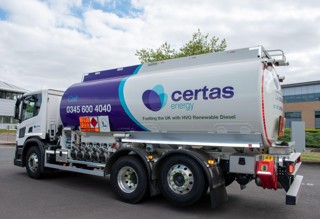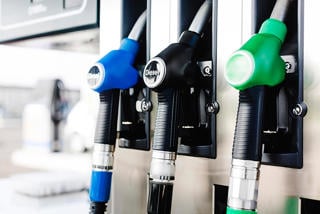By Robert Anderson, programme manager, Cenex
The recent Which? report highlighting the potential cost of ownership difference between running petrol and diesel vehicles showed the need for fleet decision-makers to carry out duty-cycle-based wholelife cost modelling in order to understand what fuel types are most appropriate for their fleet operations.
So why is it that the trend of using a single fuel type across a fleet is increasing?
It is recognised by many that different fuels will deliver different performances across a range of operations.
However, given the range and recharging requirements of current electric vehicles, duty-cycle-based wholelife cost modelling is essential for their successful economic and operational integration into a company’s day-to-day operations.
For many fleets a significant number of vehicles will operate within well-defined parameters, with only minor variation in operation.
By analysing the duty cycles of these vehicles, it is poss-ible to cluster them and define a range of specific duty cycles.
Combining wholelife costs and a duty cycle approach therefore enables a fleet manager to determine whether a certain technology meets the financial and operational performance required for the fleet.
However, analysing the duty cycle of a fleet can be a complicated process, especially when it comes to assessing the best mix of vehicles to deliver the required operations.
Analyses carried out by Cenex reveal a number of operational sweet spots for low carbon vehicles which can reduce carbon and energy consumption and save money.
With fuel prices continuing to rise, many fleet decision-makers are already prioritising carbon and fuel reduction strategies.
While carbon reduction may not be the only driver for change within fleets, it is worth keeping in mind that the continuing evolution of low carbon technologies will require fleet decision-makers to assess their operational and economic suitability to ascertain whether any new technology is worth adopting.

















Login to comment
Comments
No comments have been made yet.